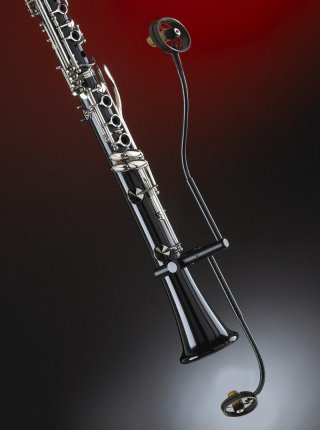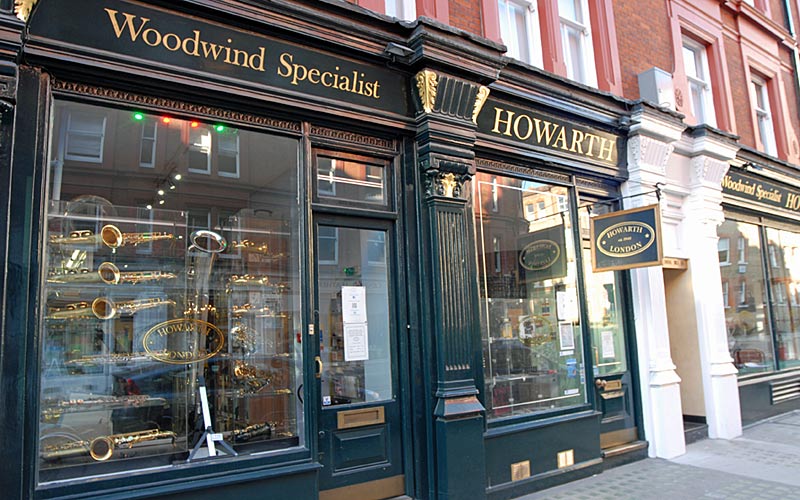You can find our microphone listings on our website here
As musicians we take opportunities for work in a great variety of situations. Although we will be familiar with the majority of the ensembles with which we play there will always be an occasion where the logistics of our performance will mean we can’t hear ourselves or be heard by others. This leads us perhaps reluctantly but inevitably to the world of microphones and amplification!
Having studied Music Production myself and recorded extensively in and outside of the studio these are things which are natural to me but for the vast majority of musicians, applying these concepts comfortably is difficult.
The first step to tackling these difficulties is to have an understanding of the equipment with a view to its application. We might not for example want a very sensitive microphone placed at a distance in an ensemble of very loud instruments! A very powerful monitor placed incorrectly may also be inadvisable if it were to interfere with other musicians on stage! It is helpful therefore to consider the whole picture or possible scenarios before making the decision to buy any such equipment.
Here at Howarth of London we stock a range of microphone systems to suit each player’s application with a range to cater for each budget. We also have a small PA system and rooms to simulate and test given scenarios on your instrument in private. Perhaps more importantly before you consider any purchasing or testing you could have a chat with me about your particular requirements and (you never know) I may be able to help, without having to spend a penny!
By means of an introduction to the science of sound amplification there follows a brief insight to some of the more popular types of microphone:
Wireless Microphones:
The ultimate in freedom is the wireless microphone, enabling the player to move freely about the stage without being encumbered by cable or microphone proximity effects.

Historically the microphone would be connected to a belt pack transmitter which would send the audio signals wirelessly to a receiver box. An engineer would then connect the box to his mixer and distribute the signal to the PA systems and any on stage monitors.
Pictured here is the revolutionary AMT Wi5 microphone. AMT were one of the first companies to incorporate a microphone transmitter into the arm of the microphone, negating the use of a belt pack. By doing so they have made it possible to quickly switch the microphone between instruments during performance.
Duel Microphone Systems:
In some instruments with long straight bodies, sound is produced through the tone holes and the vibration of the body itself. A popular misconception with these types of instrument is that sound is produced only at the flared or bell end!
One of the most effective ways to capture the sound of such an instrument is with two microphones. As sound is produced over such a long area, two microphones capture the sound quality more accurately than one alone.

Pictured here is the AMT WS microphone, the two microphone signals are mixed together internally but most of the signal (in fact 70%) is provided by the body microphone.
Omni Directional Microphones:
The microphone pictured here is actually about 8mm in diameter!

The nature of omni-directional microphones mean that they pick up sound from all directions with minimal sound loss or colouration! The proximity effect will ensure that only sounds within a certain radius will be heard. In this way the microphone is less susceptible to feedback.
This unique quality allows omni-directional microphones to be used where traditional ‘on-axis’ placement is problematic. In particular we have used these as a solution on double and single reed instruments where a large microphone assembly was unfeasible.
Dutch microphone company DPA successfully pioneered this design which is now widely used on stage and extensively in the broadcast industry.
Whatever the situation It’s worth dropping by to discuss your particular requirements even if you’re just starting to consider sound reinforcement or recording options, I’ll be more than happy to chat!
To speak to Philip Evans – Audio Specialist then please call 020 7935 2407
Listen to Philip Evans Music using AMT Microphones here
or email sax@howarth.uk.com




